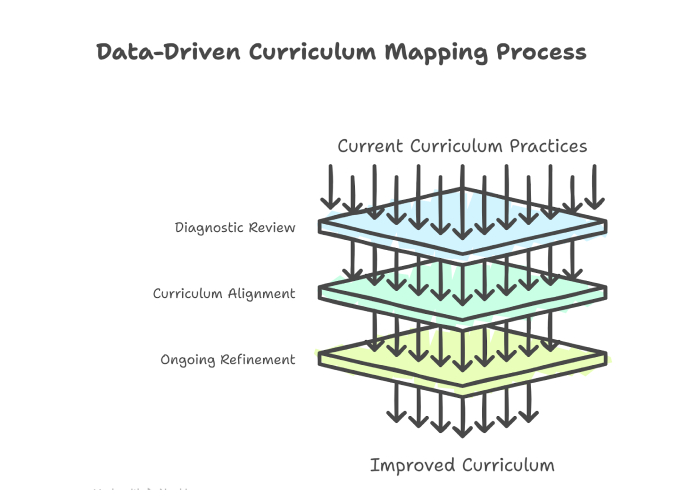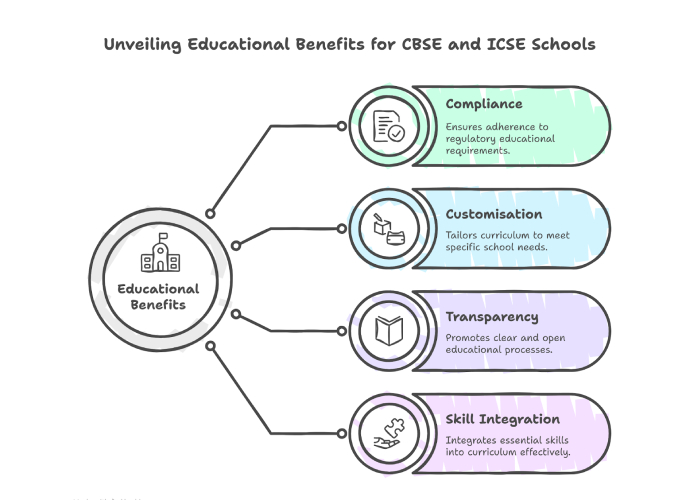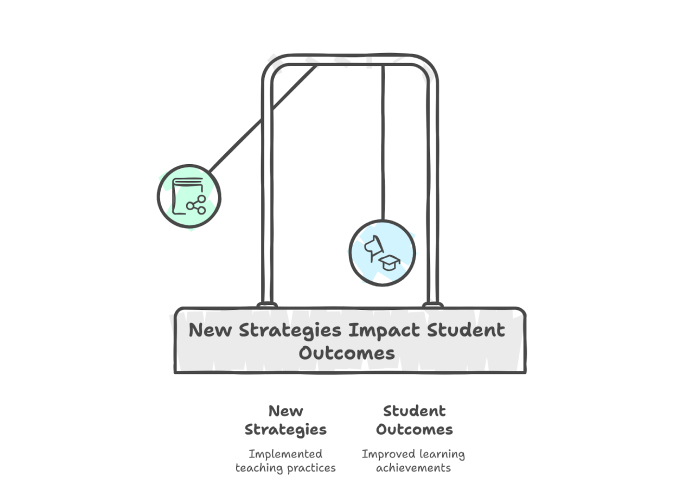CBSE ICSE Curriculum Mapping
- Home
- /
- CBSE ICSE Curriculum Mapping
Data-Driven CBSE and ICSE Curriculum Mapping: A Practical Path to School Excellence
Introduction: Where Data Meets Purpose in Education
It starts quietly. A school principal leans over a spreadsheet, eyes scanning the columns of student performance data, attendance records, and teacher feedback. Somewhere in those rows lies a story, one about strengths that can be amplified, and gaps that can no longer be ignored. The trouble? Without the right framework, all that data becomes noise.
In an era where Indian schools are expected to deliver both academic mastery and future-ready skills, data-driven CBSE and ICSE curriculum mapping is no longer an optional add-on; it is the compass guiding schools through an increasingly complex educational landscape. When done right, it aligns learning outcomes with board requirements while ensuring every child’s progress is visible, measurable, and actionable.
At NatureNurture, we have seen how mapping curriculum to student needs with precision and empathy can transform entire school cultures. This is not about replacing human insight with numbers; it is about using numbers to strengthen human insight.
The Case for Curriculum Mapping: Moving Beyond Syllabus Coverage
Schools often believe that “covering the syllabus” means fulfilling their academic responsibility. The truth is more sobering. Without mapping, teachers may unknowingly spend disproportionate time on certain topics, miss cross-curricular opportunities, or fail to build on prior knowledge in a structured way.
Curriculum mapping allows educators to:
-
Identify redundancies and gaps in content delivery
-
Integrate 21st-century skills into subject teaching without overloading timetables.
-
Align assessment methods with board expectations and real-world applications
-
Support differentiated learning for varied student needs.
In CBSE and ICSE contexts, this process is particularly vital because each board has distinct expectations in content sequencing, skill emphasis, and assessment style. A mapping solution ensures that these nuances are captured while keeping the learning experience cohesive.
From Raw Data to Insight: The NatureNurture Approach
When we work with partner schools, our starting point is rarely the syllabus document. Instead, we begin with real classroom evidence, student achievement tracking, teacher observations, formative assessments, and even project reflections.
Our data-driven mapping process typically unfolds in three stages:
1. Diagnostic Review
We analyse existing lesson plans, assessment scores, and classroom observations. This is where trends emerge, perhaps Grade 7 students are excelling in creative writing but struggling with applied grammar, or science classes are rich in experiments but weak in conceptual consolidation.
2. Curriculum Alignment
Using board-specific frameworks, we align these insights with CBSE or ICSE learning outcomes. This might involve reorganising units, embedding activity-based learning, or incorporating project-based tasks to deepen understanding.
3. Ongoing Tracking and Refinement
Curriculum mapping is not a one-time event; it is a living process. NatureNurture’s digital and print solutions allow schools to track progress across terms, respond to learning dips, and continuously integrate NEP-aligned practices like competency-based assessments and holistic learning frameworks.

Why Data-Driven Mapping Works for Indian Schools
Many Indian schools still face a tension between board compliance and innovation. Teachers often feel caught between “finishing the book” and engaging students in meaningful, hands-on work. Data-driven mapping offers a bridge between these worlds.
-
Evidence-based decision-making replaces guesswork in resource allocation, lesson pacing, and remediation strategies.
-
Customisable learning pathways mean a school can adapt the same CBSE or ICSE syllabus to suit its unique student profile.
-
Transparent tracking reassures parents and management alike that progress is monitored systematically.

Consider a mid-sized CBSE school we partnered with last year. By mapping its English curriculum to both board outcomes and NatureNurture’s 21st-century skills framework, teachers identified an under-emphasis on speaking and listening. Within two terms, integrated activities and targeted assessment rubrics led to measurable improvements in student confidence and performance.
Building a Culture of Excellence
Curriculum mapping is not just about meeting board standards. Done well, it fosters a culture where:
-
Teachers become reflective practitioners
-
Students understand the “why” behind their learning journey.
-
Leaders can make strategic, future-oriented decisions.
NatureNurture’s CBSE and ICSE curriculum mapping solutions are not plug-and-play templates. They are collaborative, context-sensitive frameworks built on two decades of experience in school transformation, teacher development, and curriculum innovation. We do not just map for compliance; we map for growth.

Conclusion & Call to Action
The future of schooling in India will not be defined solely by what is taught, but by how learning is connected, measured, and evolved. Data-driven curriculum mapping is the scaffolding that allows schools to rise above routine, delivering not just academic results but holistic, future-ready learners.
If you are ready to transform your CBSE or ICSE curriculum into a living, responsive learning ecosystem, NatureNurture can help you make that leap with precision, purpose, and passion.
©2025 NatureNurture

